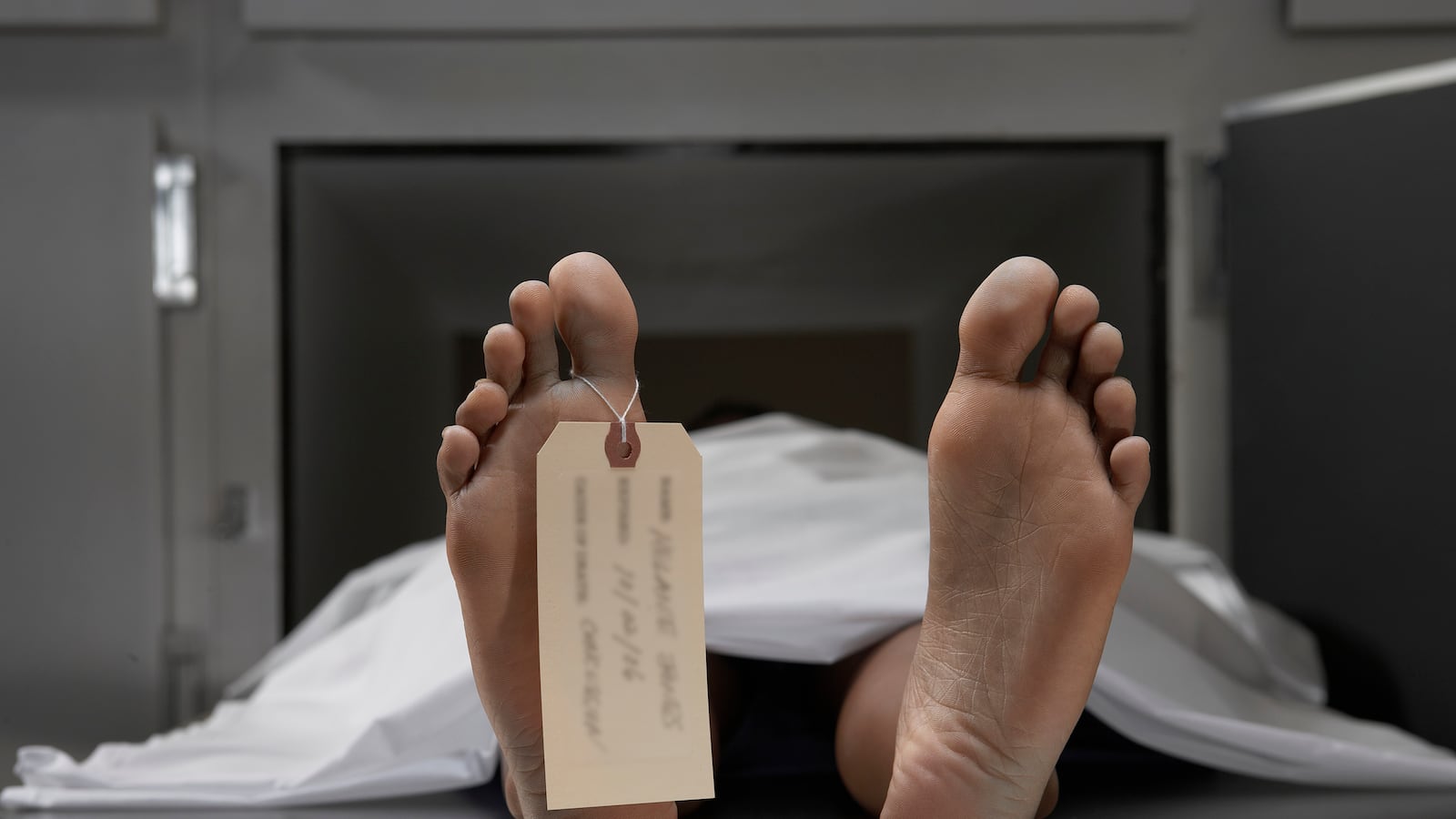That afternoon, on 7-North, the cardiac ward, I quickly saw three CCU outliers, patients who had been stabilized and no longer required intensive monitoring. When I sat down to write my notes, it was almost 3:30 p.m. How limited our interactions with patients, I thought. We see them for a few minutes, then pen a quick summary and leave directions for the nurses to follow. To whom are we speaking in these inky chart drizzles? Doctors, patients, a phantom lawyer (“I spoke with the patient at length, but he is still refusing…”)? Or perhaps we are just talking to ourselves, regurgitating the patient’s history to create a tidy narrative. The audience shifts, patient to patient, note to note, even sentence to sentence.
At four o’clock, while I was finishing up my last note, Ethan, the CCU fellow, paged me. “Mr. Richardson just dropped his pressure,” he said nervously about the brain-damaged patient in the CCU. “I tried going up on the Levophed and the Neo-Sinephrine, but it didn’t work. When I turned on vasopressin, his pressure dropped even more.”
I thought for a moment. This was the kind of situation I’d feared most as an attending, when I had to respond almost reflexively. (And how hard should I try to save a severely brain-damaged patient anyway?) All the medications Ethan had mentioned had half-lives, so it was hard to know how to interpret the results. “I would back off on the vaso,” I said carefully. “Just start some dobutamine at 2.5 micrograms per kilogram per minute. I’ll be there in a couple of minutes. Did you call the wife?”
“I got through to her a few minutes ago,” he replied. “I told her to come right away.”
When I arrived back in the CCU, the code had already begun. A group of doctors and nurses were at the bedside. The rhythm on the monitor was ventricular fibrillation, random electrical oscillations. An intern was doing chest compressions. Saline was running wide open through an IV. Defibrillator pads adhered to Richardson’s hairy chest. His body jerked up and down with every administered shock. Because his heart had effectively stopped, his lungs had filled with pink, frothy liquid, mostly blood plasma, like beaten-up Jell-O, which came up through his breathing tube. The compressions sent the nurses scrambling for face masks and yellow gowns to protect themselves from the red spray.
“This is a conspiracy to prevent me from getting my afternoon coffee,” quipped a doctor who had shown up to help. I chuckled at the wry shoptalk.
After a couple of adrenaline injections, Mr. Richardson regained a pulse; but it immediately started to die down, and within a few minutes it disappeared. It seemed his body had finally given up. The sequence continued: shocks, chest compressions, and drugs. He got four doses of adrenaline at 1 milligram each, then 5 milligrams, then 10, but the pulse did not return. He received several ampoules of sodium bicarbonate. By then he was blue in the face, a sickening color, like an old hematoma. We continued CPR while I called for an echo machine, which takes ultrasound pictures of the heart. “Let’s take a quick peek before we call it,” I said. When the machine was wheeled in, I pulled the window shades closed and applied the ultrasound probe to his chest. The heart was in standstill, hazy clots filling the ventricles. I pressed a button to take a picture. The room was quiet as I pronounced him dead.
Gowns and masks were stuffed into a trash bin, and people started filing out of the room. Then a strange thing happened. My gloved fingertips, soaked with blood on his pulseless groin, started to vibrate. Wait, I ordered the group.
In the Bible, Lazarus is raised from the dead by Jesus. In medicine, Lazarus is the patient who, believed dead, spontaneously starts to circulate blood.
About 40 cases of the Lazarus phenomenon, a number that experts believe is too small to be valid, have been reported in the medical literature. (I have seen at least three cases in my own career.) Though most patients died soon after the event, in eight cases they left the hospital, neurological functions intact. The cases share a kind of morbidity: A man, eighty, is pronounced dead after thirty minutes of CPR. His doctor showers and returns five minutes later to find his patient has a pulse. A man, eighty-four, goes into cardiac arrest while biking. After fifteen minutes of CPR he is pronounced dead and taken to a mortuary, where attendants see him breathing. A woman, sixty-eight, suffers a heart attack and goes into prolonged cardiac arrest. Removed from her ventilator, she is taken to a separate room, where about twenty minutes later a nurse notes she is breathing and moving under the sheet. She is discharged from the hospital and dies three months later in her sleep.
Why are certain deaths “reversible”? The phenomenon remains a mystery. Some have speculated that cessation of CPR decreases pressure in the chest cavity, allowing blood to return to the heart. In 1993 a doctor described the Lazarus phenomenon in a seventy-five-year-old man with a lung hemorrhage. “How [increased blood return] would stimulate the completely quiescent myocardium … is not readily apparent,” he wrote. “There had been no electrical cardiac activity … for several minutes at the time the efforts were terminated. This situation spontaneously reversed.”
There is even a kind of Lazarus phenomenon that has been described in brain-dead patients who make spontaneous movements after they are disconnected from ventilators. Patients have been observed to develop goose bumps on their arms and trunk, raise and flex their arms rapidly, and display complex finger movements. A doctor described one patient raising his arms off the bed and extending his elbows, as if performing a benediction, and another crossing his hands in front of his neck, as if grasping for his breathing tube. These movements sometimes occur despite no measurable blood flow to the brain. Some doctors speculate they are generated in the spinal cord.
However, as with most Lazarus patients, Mr. Richardson’s awakening was short-lived. After about five minutes his pulse disappeared, and despite a few more doses of adrenaline, it never returned. He was pronounced dead a second time after about ten minutes.
I found his wife sitting in the waiting room. She looked up when I walked in. “Is it over?” she asked.
“Yes,” I replied.
“Did he die?”
I put my arm around her. She began to cry. “I’m sorry,” I said.
As I drove home that night around eight, Long Island Sound was pitch-black, apart from the glimmering reflection of light poles. Fat rain droplets, like little eggs, started to splatter on my windshield, smearing with each sway of the wipers. In the distance the fractured skyline of the city stood out like shards of glass. Though I was physically exhausted, my mind was filled with the heady, mysterious events of the day. What had restarted Mr. Richardson’s heart? Was it the delayed action of adrenaline? Was it the bicarbonate? Was it something else?
In Harlem the roads shimmered shiny black. Red taillights winked at me through the watery haze. Police sirens were sounding out loudly. On 116th Street, dented low riders slinked by, windows open, music blaring. My headlights caught a lonely figure under the elevated train tracks.
I called [my wife] Sonia to tell her that I was almost home. “How did Lamaze go?” I asked. Regrettably, I had missed it again this week. There was silence. “Honey?” I heard sobs.
“We need to talk,” she finally said, composing herself. “Dr. Edwards just called. She thinks the baby is in danger. She says I need a C-section before she goes on vacation next week.”
Excerpted from Doctored: The Disillusionment of an American Physician by Sandeep Jauhar, published in August 2014 by Farrar, Straus and Giroux, LLC. Copyright © 2014 by Sandeep Jauhar. All rights reserved.






